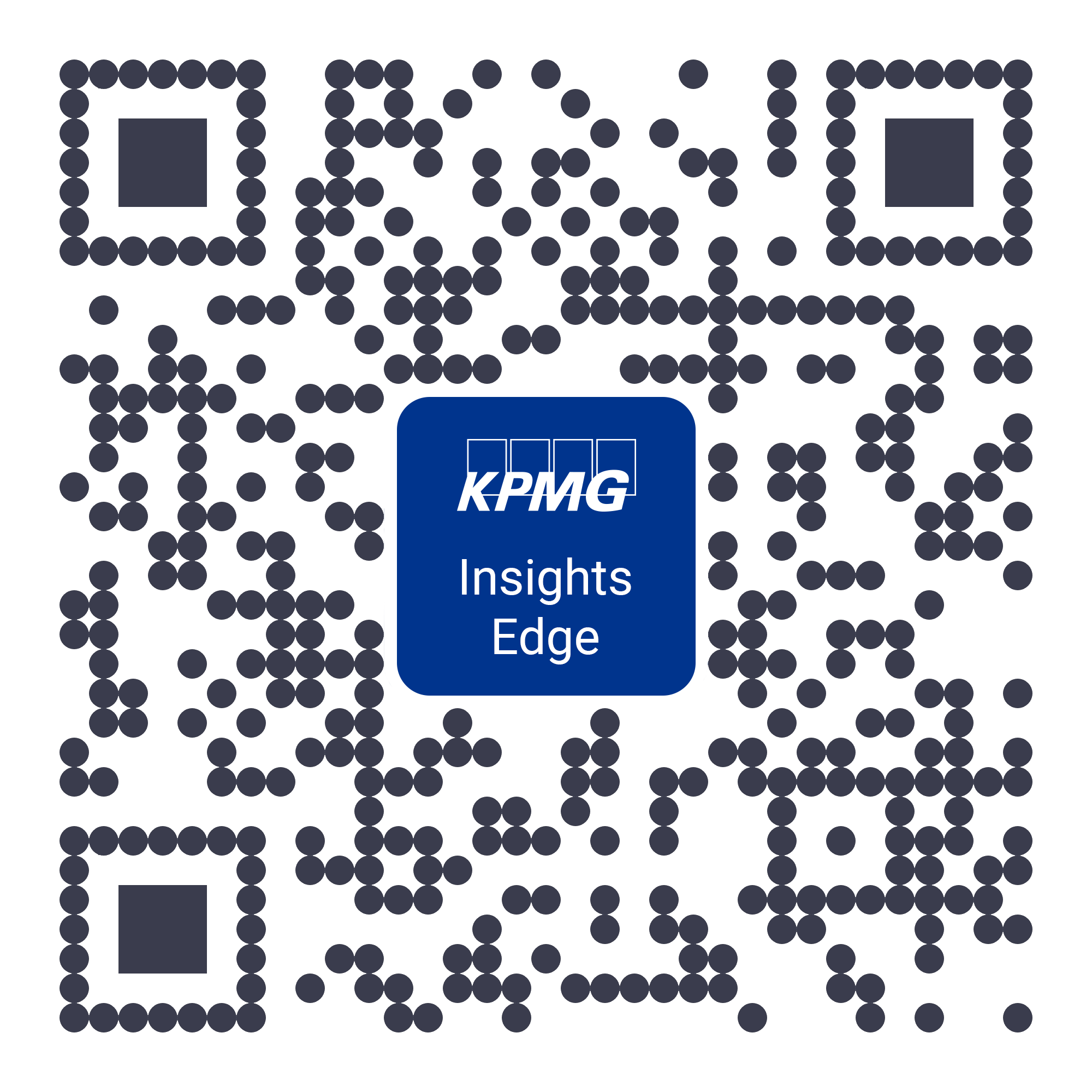The attacks launched by state sponsored actors are targeted and focused, mostly aiming to get sensitive information that is of interest. These attacks are normally carried out over a long period of time to gain access to information such as details of phone calls, text messages, and related information. The recently reported cyberattacks by “Salt Typhoon” on key telecom providers in US, showcases the ability of attackers to go after information of senior government officials. In this attack, the intruders were also able to get access to sensitive information that is normally accessible to Lawful Interception teams (information used for surveillance). This attack highlighted the challenge that despite following global security standards (such as 3GPP, ITU-T) it is difficult to maintain a complex network environment specifically in a highly interconnected environment being secure at all the times.
Widespread data breaches of large global telecom provider across UK, Australia and US in recent past have led to significant financial losses and reputational damage for these organizations. The threat landscape is only increasing with enhanced volume of data being generated and consumed by the users.
Quantum computing is becoming a reality with developments every year, and this is a massive threat to the cryptography / encryption being used globally. Telecom organizations deploy encryption across multiple communication channels which are under threat from quantum computing and consequently many large global telecom providers have initiated safeguards.
The telecom sector relies on a complex supply chain, involving numerous third-party vendors and equipment providers. The supply chain has increased multifold in recent 3-4 years with active integration along with cloud services, edge computing and connected industrial devices. Cyberattacks targeting these supply chains lead to compromise the integrity of telecom networks and introduce vulnerabilities.


